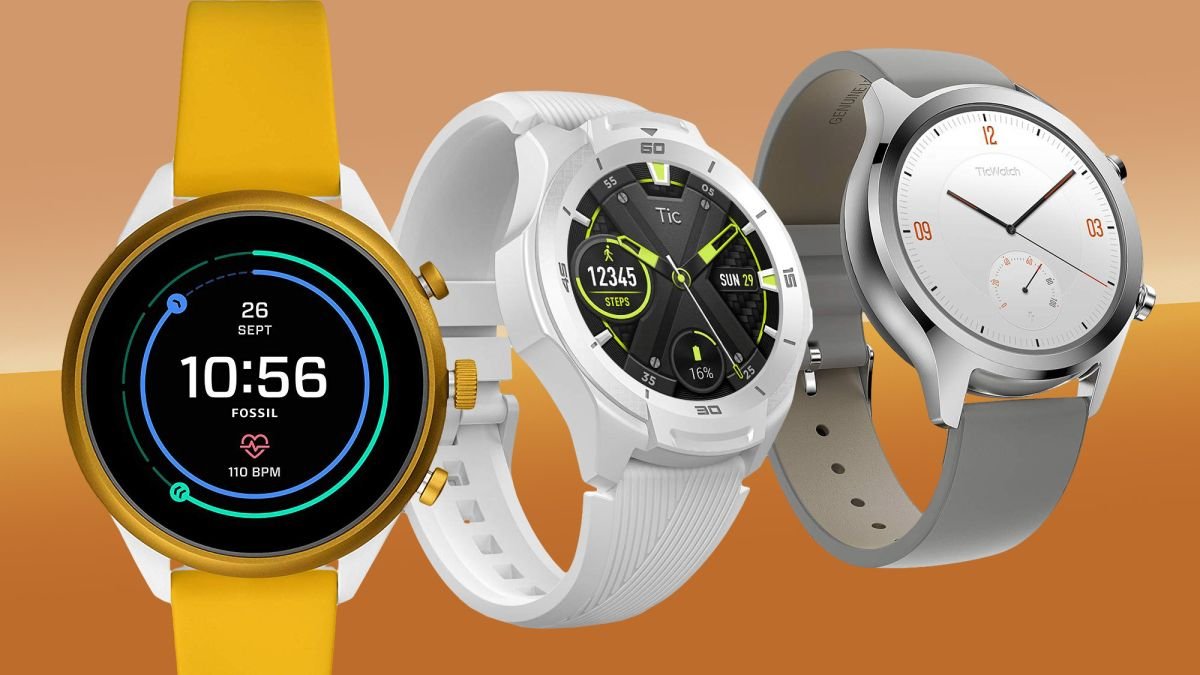

It's been almost a year since Google announced Wear OS 3 at Google IO 2021. And in that time, the new platform has made its way to the Samsung Galaxy Watch 4, with other eligible devices set to "roll out the update." mid 2021”. second semester of 2022”.
Wear OS 3 on the Galaxy Watch 4 marked a big step forward for Google's Wear OS. But even though the Galaxy Watch 4 has received a lot of praise, Google still has plenty of opportunity to improve on what it's already done.
With rumors of a possible Google Pixel Watch on the way, Wear OS will be its foundation, meaning we could see both appear at Google IO 2022 in May. And if Google wants to be a serious smartwatch challenger, there are a few things we think it should do to make Wear OS the best it can be.
Google Assistant
One of the most obvious omissions from the Galaxy Watch 4 is Google Assistant. Samsung has likely made the decision to stick with its own virtual assistant, Bixby. Although a Verizon post (spotted by 9to5Google) about an upcoming system update suggests Google Assistant support is on the way to this watch, Google has contradicted it.
We expect Google Assistant to come to Wear OS 3 at some point, especially on devices that don't have a Bixby equivalent available. But we really want to see that happen sooner rather than later.
Just as important, we expect to see Google Assistant using the same on-device processing offered on Pixel phones. While somewhat dependent on supporting hardware, on-device processing means Google Assistant is faster and doesn't necessarily need an internet connection at all times to complete tasks. This, in turn, could make you less energy hungry.
Improved battery
Battery life continues to be one of the top concerns facing smartwatch users. An Apple Watch Series 7, for example, offers "up to" 18 hours of battery life between charges. If you're lucky, on some devices it can take more than a day between charges. But it's highly unlikely that you'll be able to manage more than two days, especially if you want to use your watch to its full potential.
That's why we really want Wear OS to be as efficient as possible and extend battery life. Optimized software can go a long way in extending the battery life of a smart watch. And breaking the two-day mark between charges, at the very least, would be a huge boost.
Better iPhone compatibility
It is important to recognize that Google has made progress in this area. Previously, iPhone users couldn't even dream of wearing a watch other than Apple Watch with their iPhone. But since 2018, when Android Wear became Wear OS, the experience has dramatically improved.
Although it is much better than before, it is still far from perfect. A quick look at the App Store shows a 1.9 out of 5 rating for the Wear OS app. Commonly cited issues include the app simply not working or going offline and then refusing to reconnect. There are also complaints that Wear OS watch batteries drain faster than they should when paired with an iPhone.
Perhaps we shouldn't be surprised to find friction when a Google device tries to interact with an Apple device. But since these are fundamentally mature technologies now, we should see better than that.
The days of manufacturers trapping people into their ecosystem should be over. And consumers should be able to use the smartwatch of their choice, without encountering instant problems using it.
We expect Wear OS 3 to make great strides in this area.
Fitbit integration
One area where Apple has blown away pretty much everyone else has been fitness tracking. But given that Google finalized its acquisition of Fitbit over a year ago, hopefully it's found a way to fully integrate that entire experience into Wear OS.
Just consider everything WatchOS can support: sleep, heart rate, ECG, hand washing, cardio, and fall detection. The Galaxy Watch can support blood pressure monitoring. The Fitbit Charge 5 can look for electrodermal activity to monitor stress levels, skin temperature, respiratory rate, and blood oxygen levels. You can even track your menstrual cycle.
The thing is, there are tons of health monitoring features that Wear OS has to offer if it's going to be considered a viable competitor to what's already out there. And if a Fitbit (owned by Google) can offer these features, surely there's no reason why they should be overlooked in Wear OS.
Simplified backup and restore functionality
One of the biggest criticisms of Wear OS has been how clunky it is if you want to set up your watch on a new device. It is not always the case that a user has perfectly synchronized the change of his terminal at the same time that he acquires a new laptop. One usually lasts longer than the other. And, as we know, accidents happen.
Usually, if you want to pair your Wear OS watch with a new device, you need to factory reset it. That means you'll have to spend time tweaking all your settings, customizing your apps, and choosing your watch faces. It's slow, laborious, and a lot more work than necessary.
The Verizon post referenced above shows how this issue will be resolved on the Galaxy Watch 4 Classic. With Samsung Smart Switch, watch owners will be able to backup and restore their watch settings before pairing them with a new phone.
But it has to be a feature of Wear OS, no matter what watch you're wearing or what phone you're using.
Hopefully, Google will let us know what Wear OS 3 has in store for us at Google IO 2022. And we'll see how many, if any, of those features have been implemented.